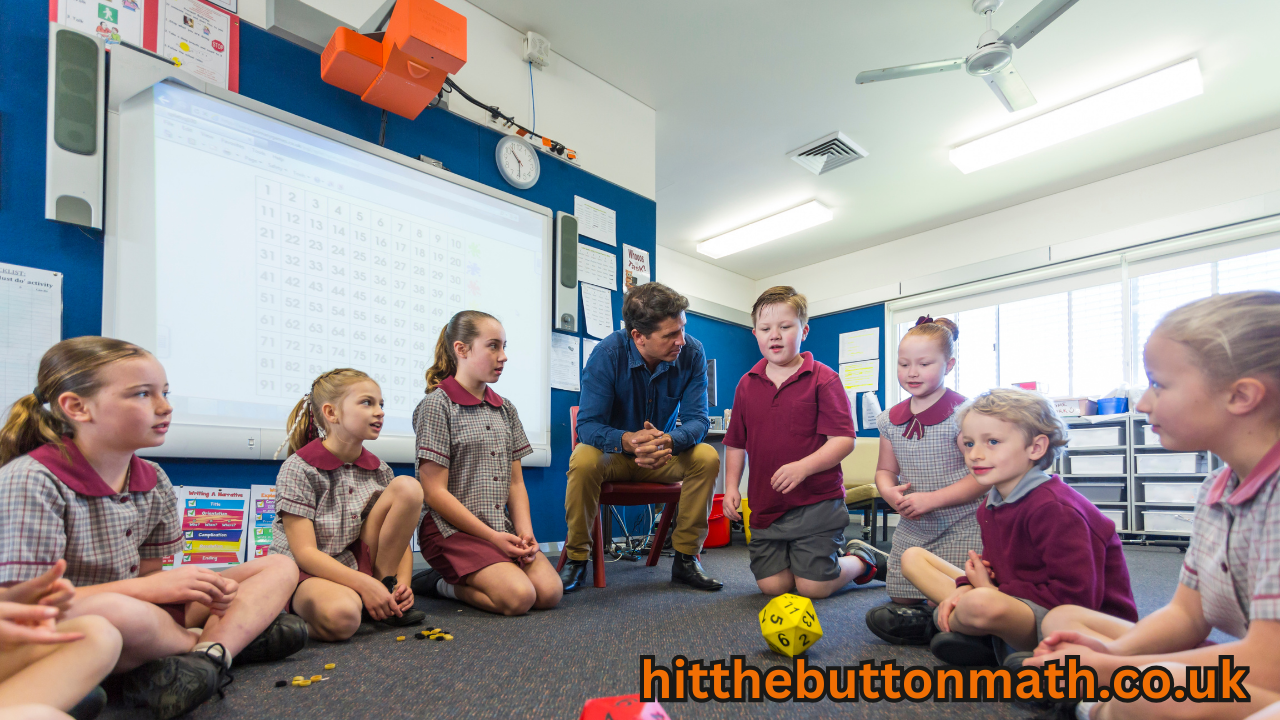Mathematics has always been a challenging subject for many students, but technology is changing the way it is taught. Augmented Reality (AR) is making math lessons more interactive and enjoyable. Augmented reality games for teaching math concepts help students grasp complex ideas through immersive experiences. By overlaying digital content onto the real world, AR turns boring equations and numbers into engaging visual experiences.
How Augmented Reality Enhances Math Learning
Traditional methods of teaching math rely heavily on textbooks and whiteboards. AR takes it a step further by bringing concepts to life. Hit the button, quick maths! Instead of solving problems on paper, students can interact with 3D models, manipulate virtual objects, and visualize equations in a real-world context.
Benefits of Augmented Reality in Math Education
Boosts Engagement and Motivation
Students are naturally drawn to technology, and AR makes learning math feel like a game rather than a chore. This encourages more participation and keeps students interested.
Makes Abstract Concepts More Tangible
Concepts like fractions, algebra, and geometry become easier to grasp when students can see and interact with them in a 3D space.
Encourages Interactive Learning
Instead of passively listening to a lecture, students take part in solving problems through digital interaction, making the learning experience more effective.
Provides Instant Feedback for Better Retention
Most AR math games provide instant feedback, helping students correct mistakes immediately and improve their understanding.
How Augmented Reality Transforms Math Learning
Encouraging Hands-on Problem Solving
Instead of just memorizing formulas, students can apply them in interactive environments, leading to deeper learning.
Bridging the Gap Between Theory and Practice
Seeing mathematical concepts in real-world scenarios helps students connect what they learn in the classroom to everyday applications.
Creating Personalized Learning Experiences
AR allows students to learn at their own pace, ensuring a tailored educational journey for each individual.
Best Augmented Reality Games for Teaching Math
For Early Learners
- Number Recognition and Counting Games: Apps like Math Alive use AR to teach young children how to recognize numbers and count objects.
- Shape and Pattern Identification: Games like Shapes Explorer make learning about different shapes fun and interactive.
- Simple Addition and Subtraction Activities: AR-based flashcards and puzzles help young learners practice basic math operations.
The AR Math Games for Elementary Students
- Multiplication and Division Challenges: Apps like Times Table AR create engaging ways for students to master multiplication tables.
- Fraction and Decimal Activities: AR games provide visual representations of fractions, making it easier to grasp the concept.
- Geometry-Based Augmented Reality Games: Students can manipulate 3D geometric shapes to understand angles, symmetry, and more.
Math AR Games for Middle School Students
- Algebraic Equations in 3D: Apps like Algebra AR help students solve equations by visualizing them in augmented reality.
- Coordinate Geometry with AR Visuals: Plotting points and understanding coordinate planes become more interactive.
- Word Problems in a Virtual Setting: Real-life scenarios are used in AR to make problem-solving more relatable.
AR Math Games for High School and Beyond
- Advanced Calculus with AR Simulations: Understanding complex math topics becomes easier with 3D models and interactive graphs.
- Trigonometry with 3D Modeling: Angles, sine waves, and functions are visualize to simplify learning.
- Real-World Math Applications Through AR: Engineering, finance, and architecture concepts are integrate into AR experiences.
Integrating AR Games into the Classroom
Best Practices for Teachers
- Use AR as a supplement to traditional teaching, not a replacement.
- Encourage students to collaborate while solving AR-based math problems.
Choosing the Right AR Tools
- Research different apps and platforms to find the ones that best fit the curriculum.
Balancing AR and Traditional Teaching Methods
- AR is powerful, but it should be use alongside textbooks and hands-on activities to maximize learning.
Future of Augmented Reality in Math Education
- More advanced AI and AR integration will allow for even more personalize learning experiences.
- As AR technology becomes more affordable, it will become a standard tool in classrooms worldwide.
- Challenges like accessibility and device compatibility will be address to make AR more widely available.
Conclusion
Augmented Reality is changing the way students learn math. By making abstract concepts visual and interactive, AR keeps students engaged and helps them grasp complex ideas more easily.
Augmented Reality Games for Teaching Math Concepts FAQs
-
How do AR games help in learning math more effectively?
AR games provide interactive and visual experiences that make math more engaging and easier to grasp.
-
Are there any free AR math games available?
Yes, several free AR math apps like GeoGebra AR and Monster Math AR are available.
-
Can AR math games be used for homeschooling?
Absolutely! Many AR apps are design for independent learning, making them ideal for homeschooling.
-
What devices are needed to use AR for math learning?
Most AR math games can be access on smartphones, tablets, and AR-compatible headsets.
-
How can teachers incorporate AR games into their lesson plans?
Teachers can use AR to introduce new concepts, reinforce learning, and make lessons more interactive.
